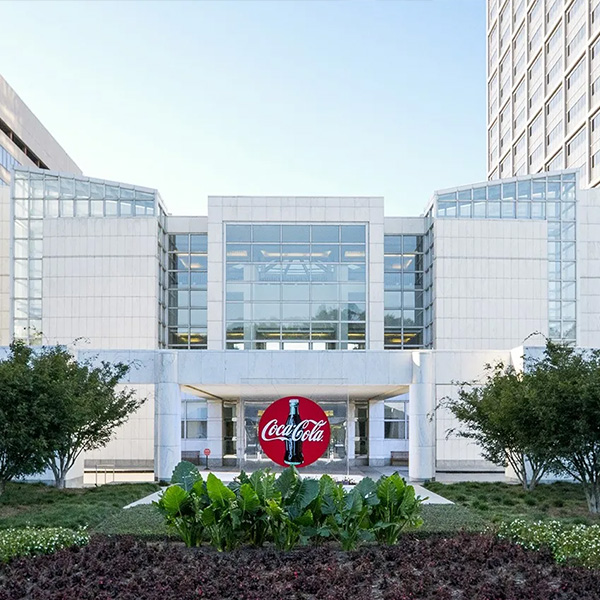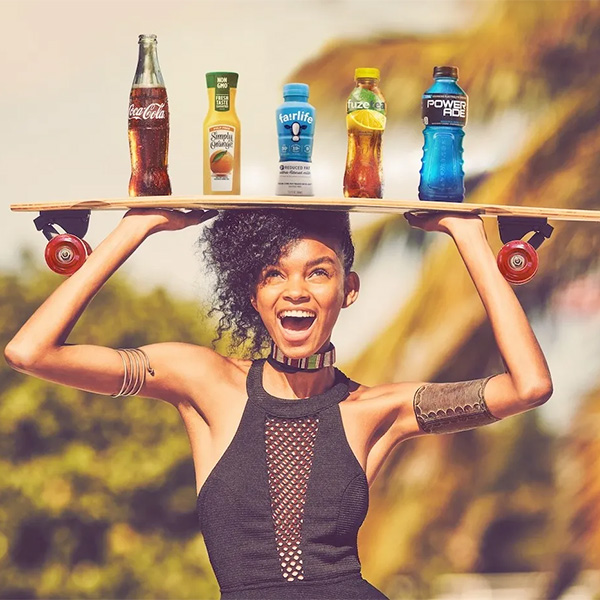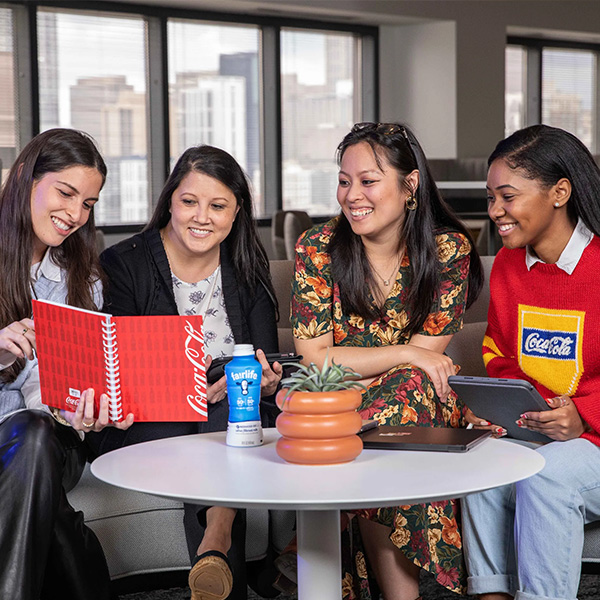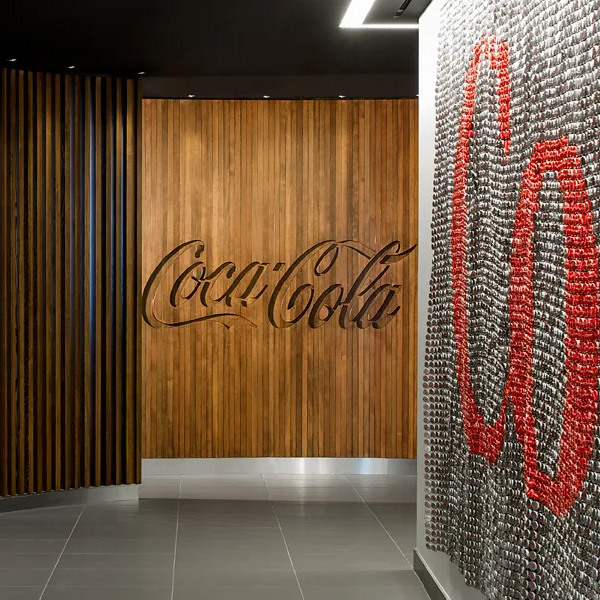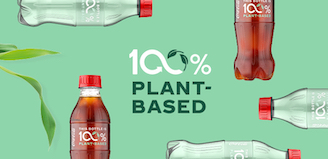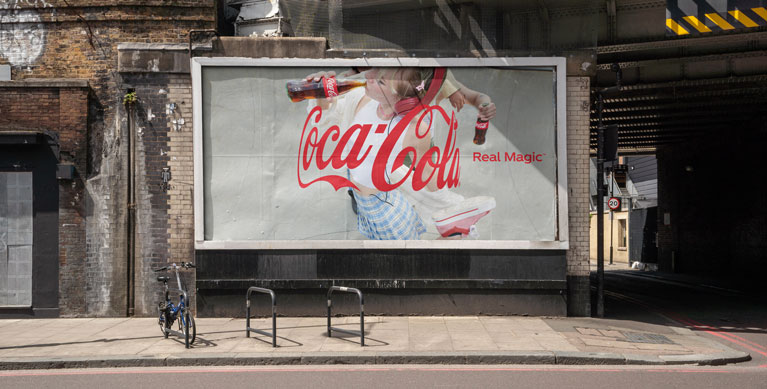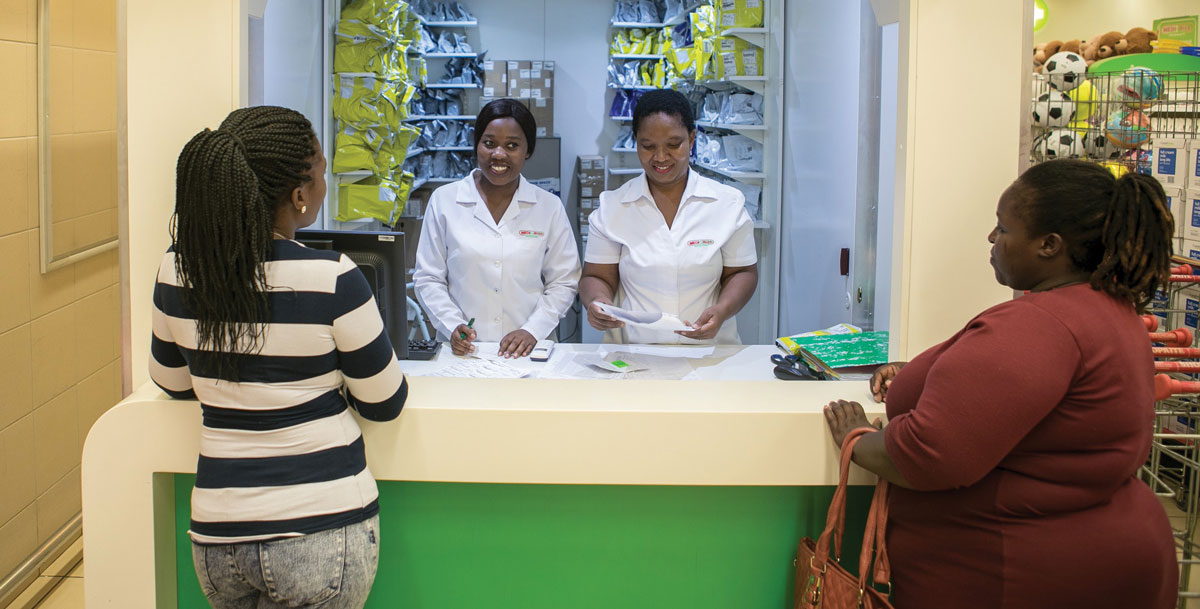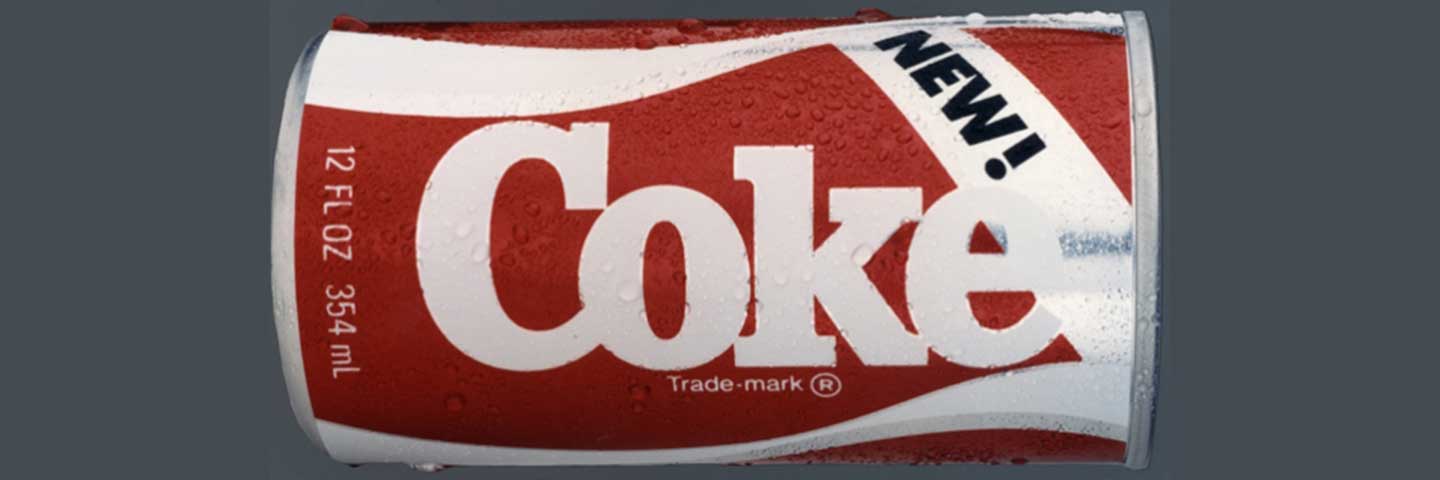
New Coke: The Most Memorable Marketing Blunder Ever?
The History of New Coke
To hear some tell it, April 23, 1985, was a day that will live in marketing infamy.
On that day, The Coca‑Cola Company took arguably the biggest risk in consumer goods history, announcing that it was changing the formula for the world's most popular soft drink, and spawning consumer angst the likes of which no business has ever seen.
The Coca‑Cola Company took arguably the biggest risk in consumer goods history, announcing that it was changing the formula for the world's most popular soft drink, and spawning consumer angst the likes of which no business has ever seen.
Swinging for the Fences
The Coca‑Cola Company introduced reformulated Coca‑Cola, often referred to as "new Coke," marking the first formula change in 99 years. The company didn't set out to create the firestorm of consumer protest that ensued; instead, The Coca‑Cola Company intended to re-energize its Coca‑Cola brand and the cola category in its largest market, the United States.
That firestorm ended with the return of the original formula, now called Coca‑Cola classic, a few months later. The return of original formula Coca‑Cola on July 11, 1985, put the cap on 79 days that revolutionized the soft-drink industry, transformed The Coca‑Cola Company and stands today as testimony to the power of taking intelligent risks, even when they don't quite work as intended.
"We set out to change the dynamics of sugar colas in the United States, and we did exactly that -- albeit not in the way we had planned," then chairman and chief executive officer Roberto Goizueta said in 1995 at a special employee event honoring the 10-year anniversary of "new Coke."
"But the most significant result of 'new Coke' by far," Mr. Goizueta said, "was that it sent an incredibly powerful signal ... a signal that we really were ready to do whatever was necessary to build value for the owners of our business."
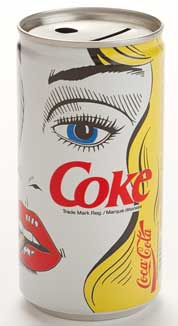
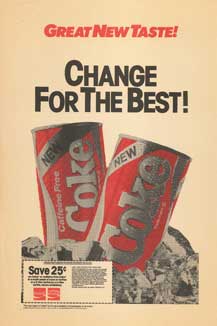
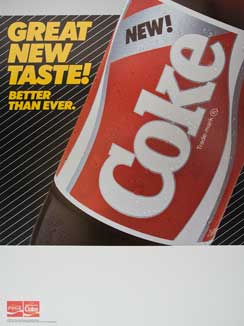
Factors That Shaped the Launch Decision
The story of "new Coke" is widely recalled, but the context is often forgotten. In 1985, The Coca‑Cola Company's share lead over its chief competitor, in its flagship market, with its flagship product, had been slowly slipping for 15 consecutive years. The cola category in general was lethargic. Consumer preference for Coca‑Cola was dipping, as was consumer awareness. That changed, of course, in the summer of 1985 as the consumer outcry over "new Coke" was replaced by consumer affection for Coca‑Cola classic.
The fabled secret formula for Coca‑Cola was changed, adopting a formula preferred in taste tests of nearly 200,000 consumers. What these tests didn't show, of course, was the bond consumers felt with their Coca‑Cola — something they didn't want anyone, including The Coca‑Cola Company, tampering with.
The events of the spring and summer of '85 — pundits blasting the "marketing blunder of the century," consumers hoarding the "old" Coke, calls of protests by the thousands — changed forever The Coca‑Cola Company's thinking.
At the 10-year anniversary celebration, Mr. Goizueta characterized the "new Coke" decision as a prime example of "taking intelligent risks." He urged all employees to take intelligent risks in their jobs, saying it was critical to the company's success. Many of the employees there that day had worked for the company in 1985 and remembered the thousands of calls and consumer complaints.
Calls flooded in not just to the 800-GET-COKE phone line, but to Coca‑Cola offices across the United States. By June 1985, The Coca‑Cola Company was getting 1,500 calls a day on its consumer hotline, compared with 400 a day before the taste change. People seemed to hold any Coca‑Cola employee — from security officers at our headquarters building to their neighbors who worked for Coke — personally responsible for the change.
Mr. Goizueta received a letter addressed to "Chief Dodo, The Coca‑Cola Company." (He often said he was more upset that it was actually delivered to him!) Another person wrote to him asking for his autograph — because, in years to come, the signature of "one of the dumbest executives in American business history" would be worth a fortune.
When the taste change was announced, some consumers panicked, filling their basements with cases of Coke®. A man in San Antonio, Texas, drove to a local bottler and bought $1,000 worth of Coca‑Cola. Some people got depressed over the loss of their favorite soft drink. Suddenly everyone was talking about Coca‑Cola, realizing what an important role it played in his or her life.
Protest groups — such as the Society for the Preservation of the Real Thing and Old Cola Drinkers of America (which claimed to have recruited 100,000 in a drive to bring back "old" Coke) — popped up around the country. Songs were written to honor the old taste. Protesters at a Coca‑Cola event in downtown Atlanta in May carried signs with "We want the real thing" and "Our children will never know refreshment."
The Return of a Classic
When the announcement of the return of "old" Coca‑Cola was made in July 1985, those hoarding as many as 900 bottles in their basements could stop their self-imposed rationing and begin to drink the product as they always had — as often as they'd like.
That July day, the story that the "old" Coca‑Cola was returning to store shelves as Coca‑Cola classic led two network newscasts and made the front page of virtually every major newspaper. Consumers applauded the decision. In just two days after the announcement of Coca‑Cola classic, The Coca‑Cola Company received 31,600 telephone calls on the hotline. Coca‑Cola was obviously more than just a soft drink.
Coca‑Cola classic was sold alongside Coca‑Cola ("new Coke"), and the two brands had distinct advertising campaigns, with the youthful, leading-edge "Catch the Wave" campaign for the new taste of Coke and the emotional "Red, White and You" for Coca‑Cola classic. Later, the name of the new taste of Coca‑Cola was changed to Coke II; the product is no longer available in the United States.
The events of 1985 changed forever the dynamics of the soft-drink industry and the success of The Coca‑Cola Company, as the Coca‑Cola brand soared to new heights and consumers continued to remember the love they have for Coca‑Cola.
